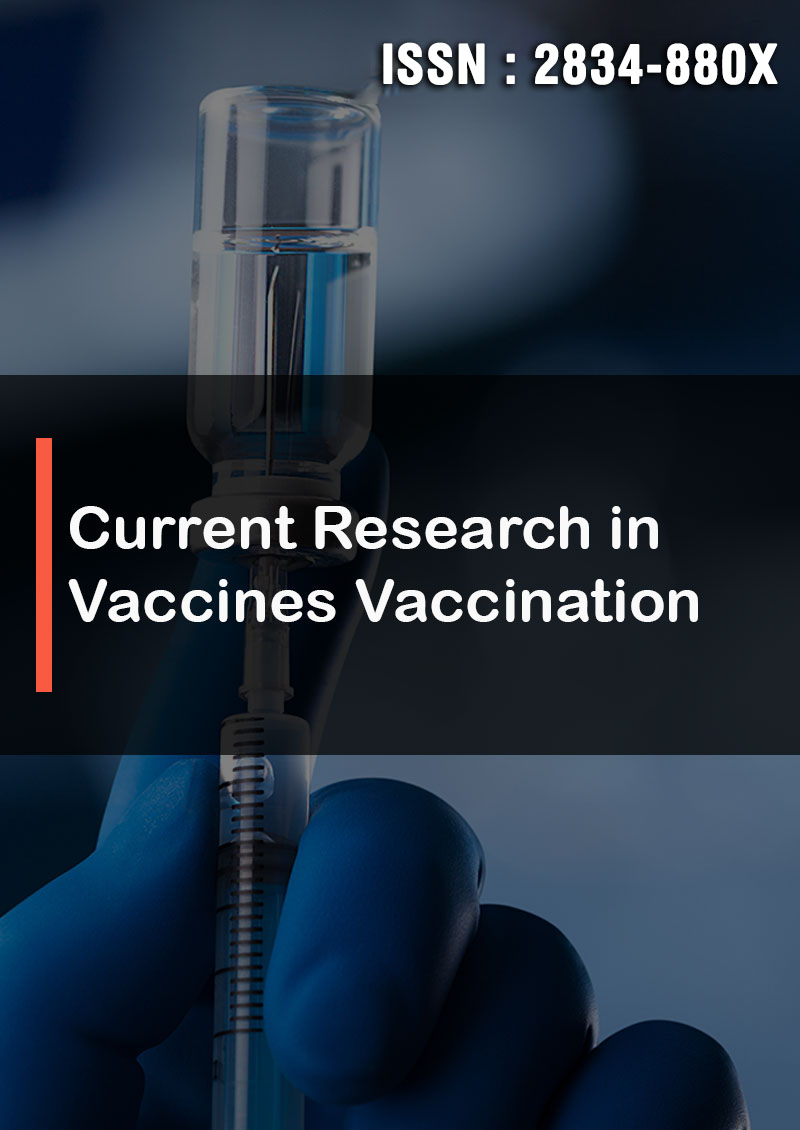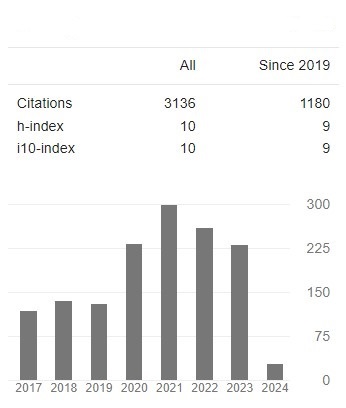Covid-19 Prevention Measures among Refugees: Perspectives of Healthcare Providers Working In Refugee Camps in Rwanda
Abstract
Zephanie Nzeyimana, Gallican Nshogoza Rwibasira, Fraterne Manishimwe, Frieda S.Winterhalter, Ella Larissa Ndoli, Tafadzwa Dzinamarira, Nicholas Njau Ngomi
Background The coronavirus disease 2019 (COVID-19) that emerged from Wuhan, China in 2019 rapidly spread throughout the globe in less than 6 months. In June 2020, Rwanda was a home of approximately 149,602 refugees. About 92% of the refugees were living in camps including Kiziba, Gihembe, Nyabiheke, Kigeme, Mugombwa, and Mahama. While entire world was in some level of lockdown, people living in refugee camps and other similar settings were more vulnerable to the pandemic than their counterparts who were staying in their homes. Prevention measures such as social distancing, handwashing, and face mask wearing were often difficult to implement in these settings. Current study aimed to assess perspectives of HCPs working in refugee camps on prevention of COVID-19 in camp settings.
Methods This study was a cross-sectional study and due to movement restriction from March 14 to November 3, 2020, we collected data remotely by sharing a structured questionnaire, in google form, to HCPs via WhatsApp and email. The questionnaire collected HCPs’ perspectives on the feasibility of COVID-19 prevention measures, the prevalence of COVID-19 comorbidities, and how the pandemic can be prevented in refugee camp settings. Data were analyzed using descriptive statistics of IBM SPSS V.21.
Results This study shows that handwashing, social distancing and wearing masks are feasible measures in refugee camp settings, voted by 71 to 100% of the HCPs. However, lockdown or stay home can be hardly applied in such settings, supported by 80.6% of the respondents. Regarding COVID-19 comorbid conditions, pregnant women in their late or recent term and Heart disease like Hypertensive disorders were voted the most common in refugee camps by 56% and 50% of the HCPs, respectively. Steps to COVID-19 prevention in camps include community awareness, preparing and activating the pandemic response task force, stopping non-essential mass gathering activities, and monitoring of COVID-19 prevention measures during essential service delivery.
Conclusions All in all, except lockdown or stay home, other COVID-19 prevention measures like social distancing, handwashing, and facemask wearing can be easily applied in refugee camp and other similar settings.




